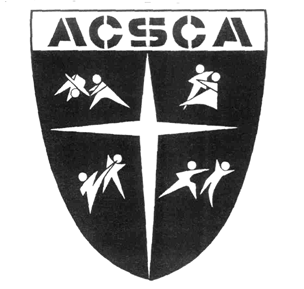Training Methods

- Stationary or Static stances
- Shadow Practice & Drills
- Equipment Assisted Training
- Live Practice with Partner
- Assisted
- Free standing
- Resistance with assisted control and position
- Bullfighting
- Live match or sparring
- Informed resistance during live match or sparring
Stationary / Static Stances

The first step in Combat Shuai-Chiao training is usually the static stances. During ancient times, there were 13 static stances, known as the 13 Precious Things (shi san tai bao). These serve to help the beginner establish a strong foundation and develop the leg strength to maintain balance while exerting force. Performing these stances requires a certain degree of physical force, but applying force can also disrupt balance, so the standing postures is a self-test of balance and proper positioning. The postures can be practiced either with empty hands, or while holding bricks.
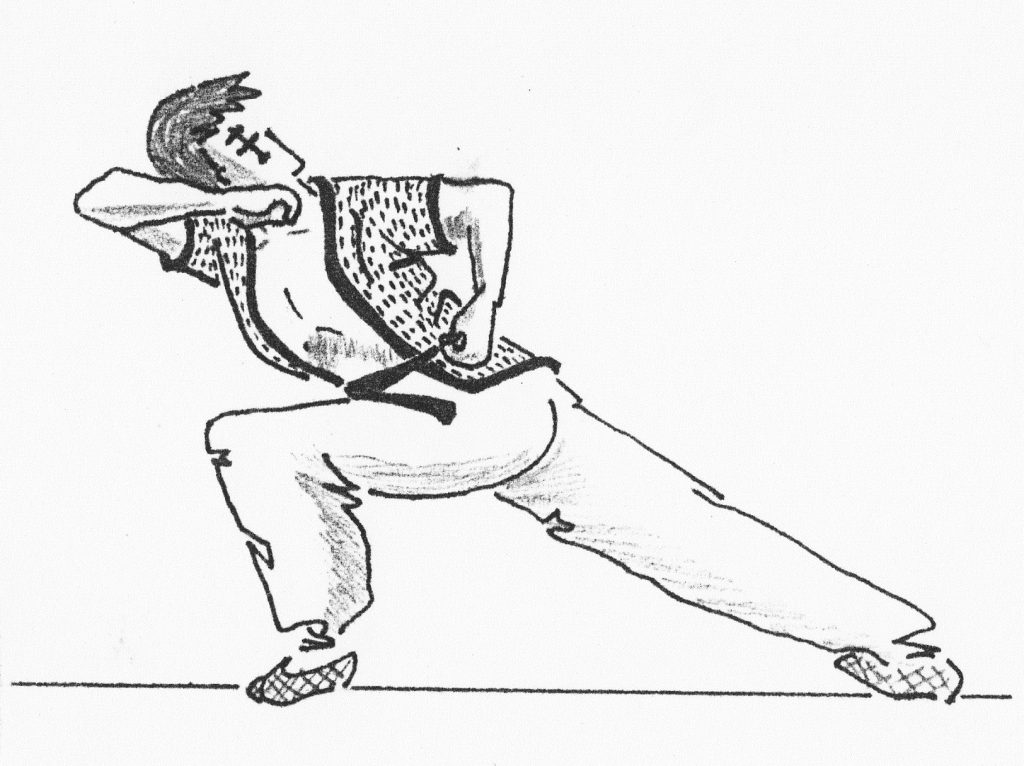
Static stances not only strengthen the body but it helps in developing muscle memory in maintaining the proper posture during execution of any moves.
Shadow Practice and Drills
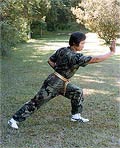
There are many types of shadow practice and drills in serving different intents. Strengthening of the body, improvement of coordination, development the muscle memory to maintain the correct posture and motion, indoctrination of footwork and position thru repetition, and balance enhancement are common benefits of most, if not all, shadow practices.
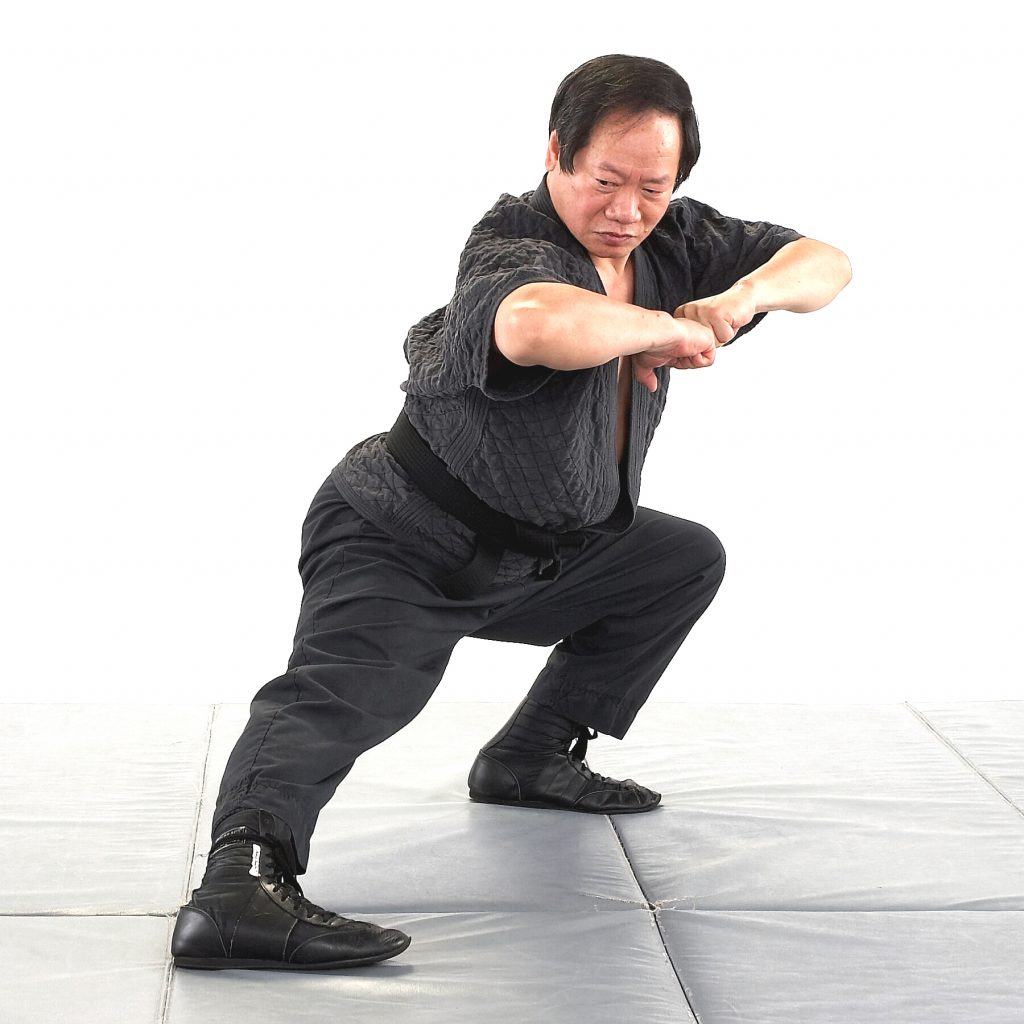
The most common flaw in shadow practices is actually the training of the mind during the practice. First, practitioner must understand the intent of the motion in the shadow practice in terms of how it strengthens the targeted move and the application of the motion. Second, practitioner must imagine the execution and the situation where the motion during practice. Else, while it may improvement conditioning, the meaningless motion would not help in application of the move in live situations.
Training Equipment
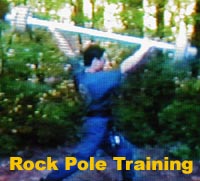
Common training equipment:
- Rock pole
- One sided rock pole
- Twisting pole
- Belt cracking
- Pushing Bricks
- Training Pulley
Live Practice with Partner
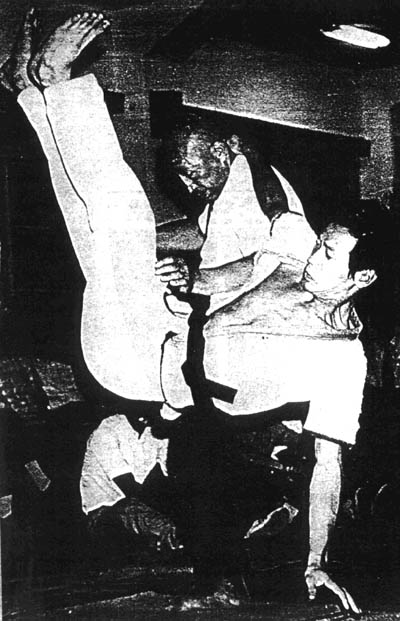
There is simply no substitute for live practice with a partner and/or live match with an opponent. Timing, adjustment, reactionary motion and resistance can only be refined thru live execution.
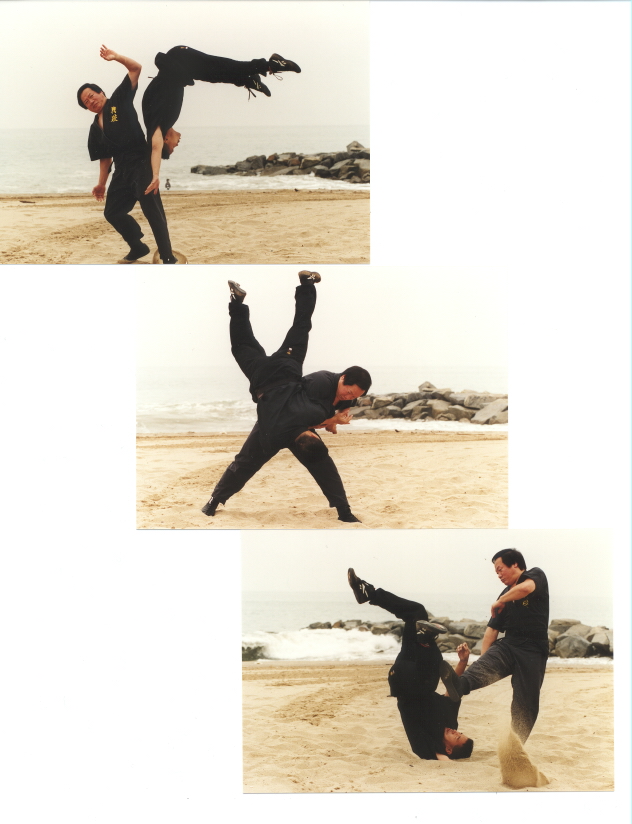
Depending on the level and the stage of the learning curve of the practitioner, live practice / sparring should be adjusted accordingly in both assistance and/or resistance by the dancing partner. In order of least difficulty and resistance to the most, the different levels of live practice or match with a partner are as follow:
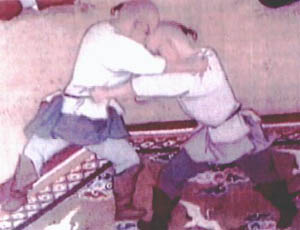
- Assisted – Partner provides adequate assistance in execution of a take down
- Free standing – Neither assistance nor resistance
- Resistance with assisted control and position – Partner allows control by the practitioner but resist during take down attempt. There are also different levels of resistance.
- Bullfighting – Both practitioner and partner have equal control or grip over each other and both tries to take each other down
- Live match or sparring
- Informed resistance during live match or sparring

With its militaristic root, Combat Shuai-Chiao places a heavy emphasis on finishing an engagement as quickly as possible, especially when dealing with multiple attackers. Daily training should revolve around as realistic a situation as possible, so we practice the use of kicks, punches, vital point strikes, and joint locks to finish a fallen opponent.
